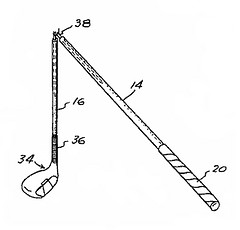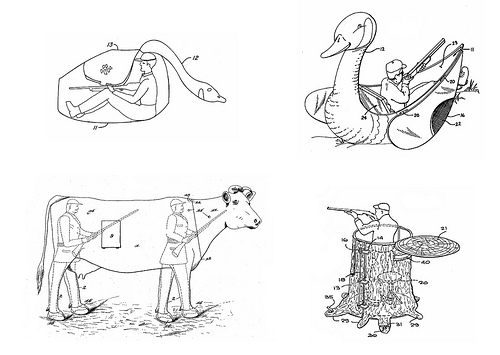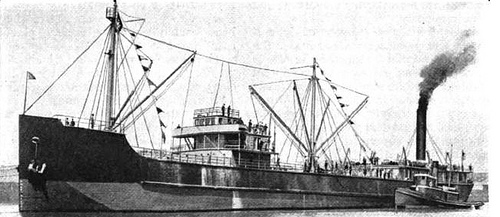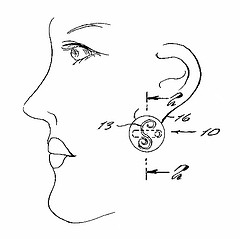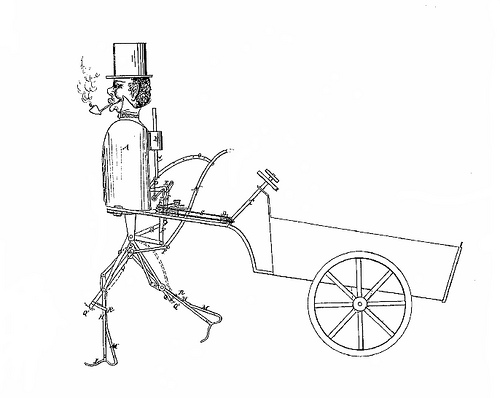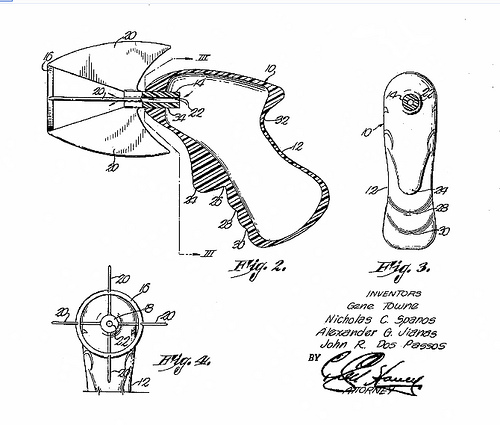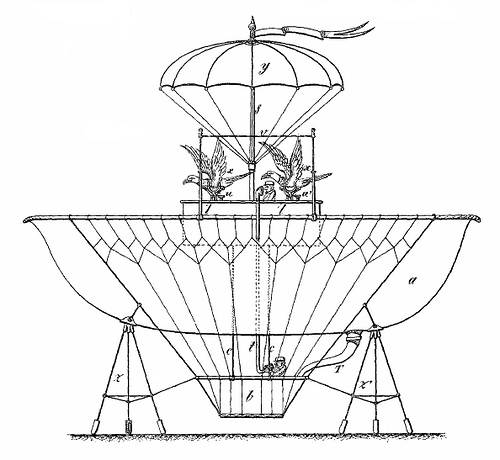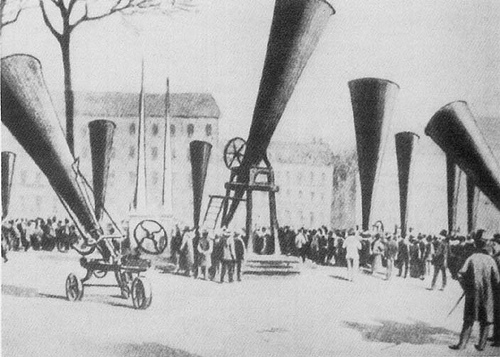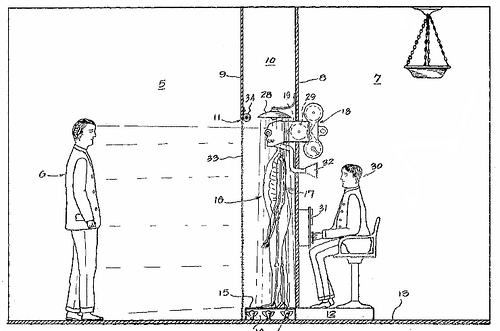
This one leaves me speechless. Helene Adelaide Shelby was unhappy with the low rate of criminal confessions, so in 1927 she invented a solution. The police put their suspect into the darkened chamber on the left, and he finds himself facing a floodlit human skeleton with glowing red eyes. The skeleton asks questions (via a megaphone in the mouth), and the suspect’s reactions are recorded by a camera and a microphone in the skull.
The effect produces “a state of mind calculated to cause him, if guilty, to make confession.” I’ll bet. What if he’s innocent?

